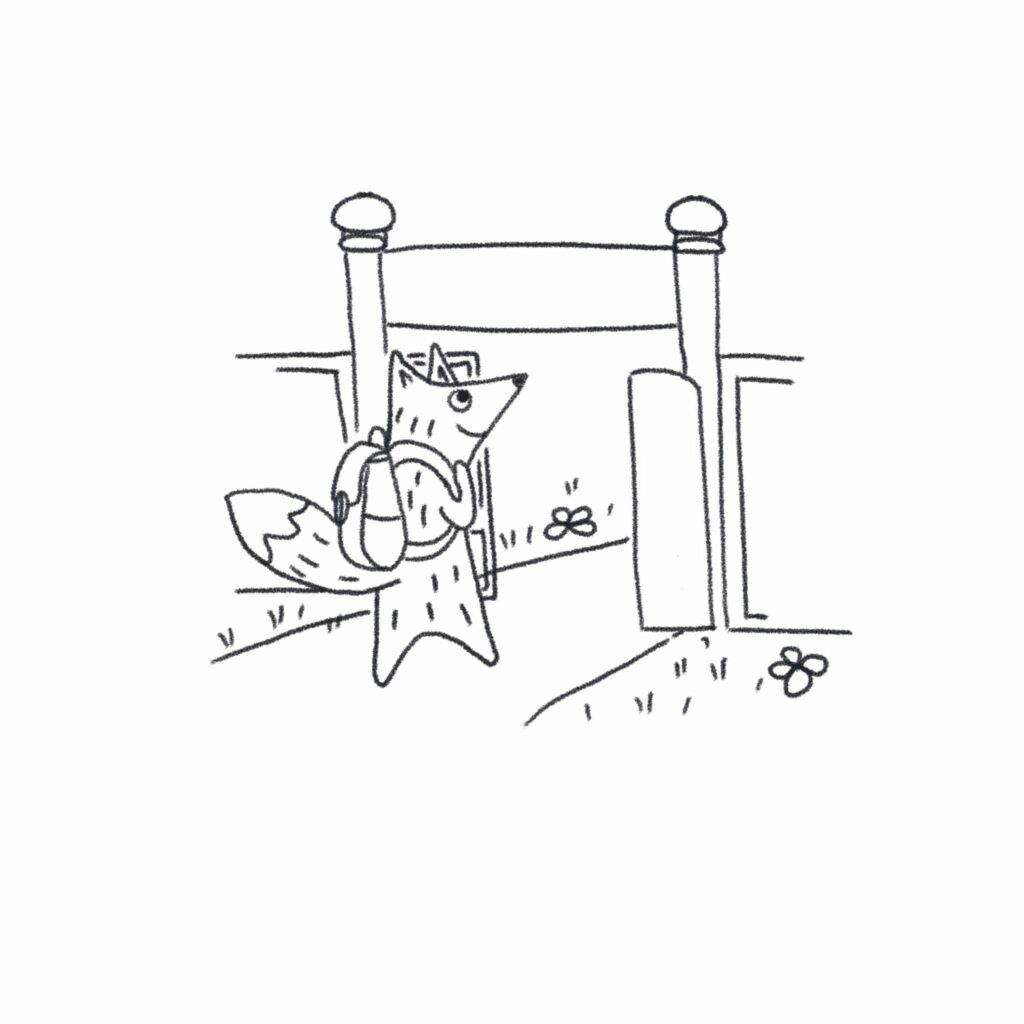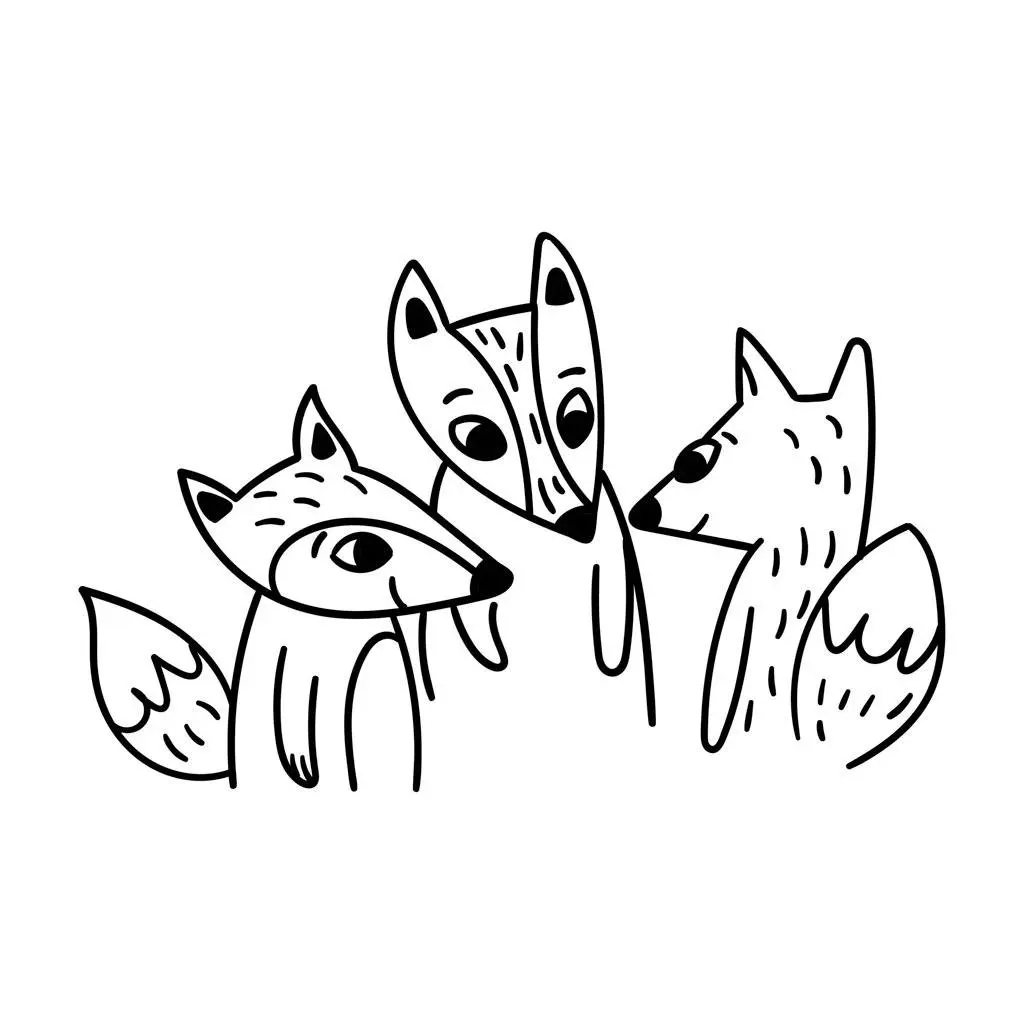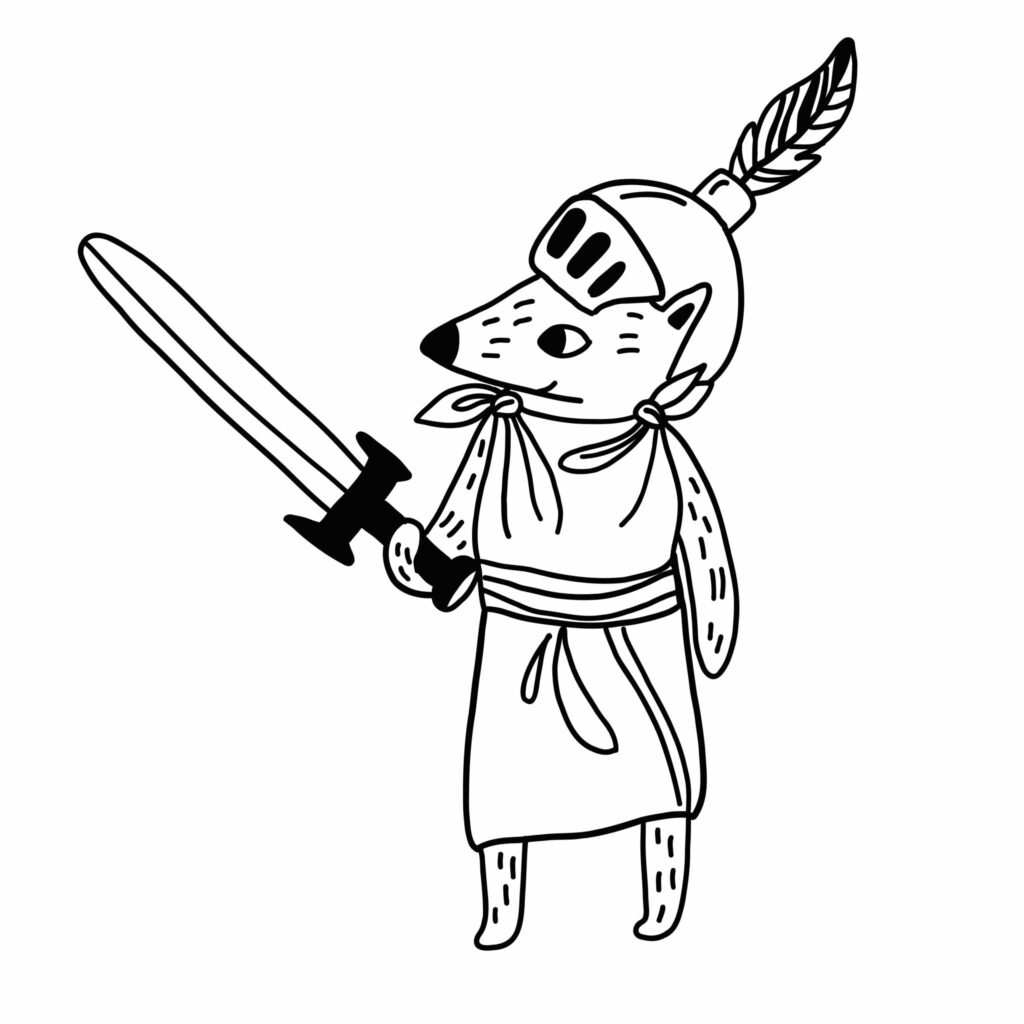Research suggests that there is a link between the amount of detail in a four year-old’s drawings and later academic success. It’s not the artistic merit of the picture that is important but the features a child chooses to include.
Just like us, children have a mental representation (a schema) of what they think a person looks like. The younger the child, the less sophisticated their model is. A three-year-old draws a head with no body. The eyes and mouth are dots, and not necessarily located on the head. They are often added as an afterthought, somewhere else on the page.
Sometime later, limbs are added, as in the illustration above, but there is still no body. Eyelashes, ears, hair and fingers all follow, and so the sophistication increases.
Of course, drawing is not the only indicator of intelligence and some children are simply not interested in drawing at four. Use the draw-a-person test less as a test of intelligence (the test has its critics), than a way to track your child’s developing understanding. Then you can help them notice features that they have omitted to draw.
So much of what we think of as intelligence is simply about having the discipline to look and to notice. It’s a great habit to teach.
As with writing, confident drawing begins with strong gross motor movements. That means moving the whole arm and shoulder. Twirl streamers; ‘paint’ the side of the house with a bucket of water and big brush; hang from the monkey bars at the playground.
From this stable base, fingers are better controlled.
Remember to keep it fun.
- Don’t jump straight in with a pencil and expect a toddler to create a masterpiece. They’ll only learn bad habits as they’re not yet co-ordinated enough to hold it properly. It is better to learn the basic strokes with their fingers. Think drawing in sand or steamy bathroom mirrors.
- Encourage free drawing. Explore different types of strokes: up-down, left-right arcs and making dots. These come naturally and are the building blocks of letters.
- Resist the urge to get your child to draw something specific. Often they are just scribbling, practising making marks with no end goal in mind. You’ll be tempted to say, ‘What a lovely picture! What is it?’. Your child, wanting to please, gives the picture a title, but it’s not what they were thinking about as they were at work.
The key is to foster a spirit of exploration. Offer a variety of interesting materials and surfaces and KEEP IT FUN.
Brilliant pictures and beautiful writing will follow naturally.
Are you ready for school?
Do you have a preschooler? Would you like them to develop some key skills before starting school? How wonderful to go into school on that first day feeling like you belong.
Get Set Five is a year-long course full of fun and free activities to do with your child.




